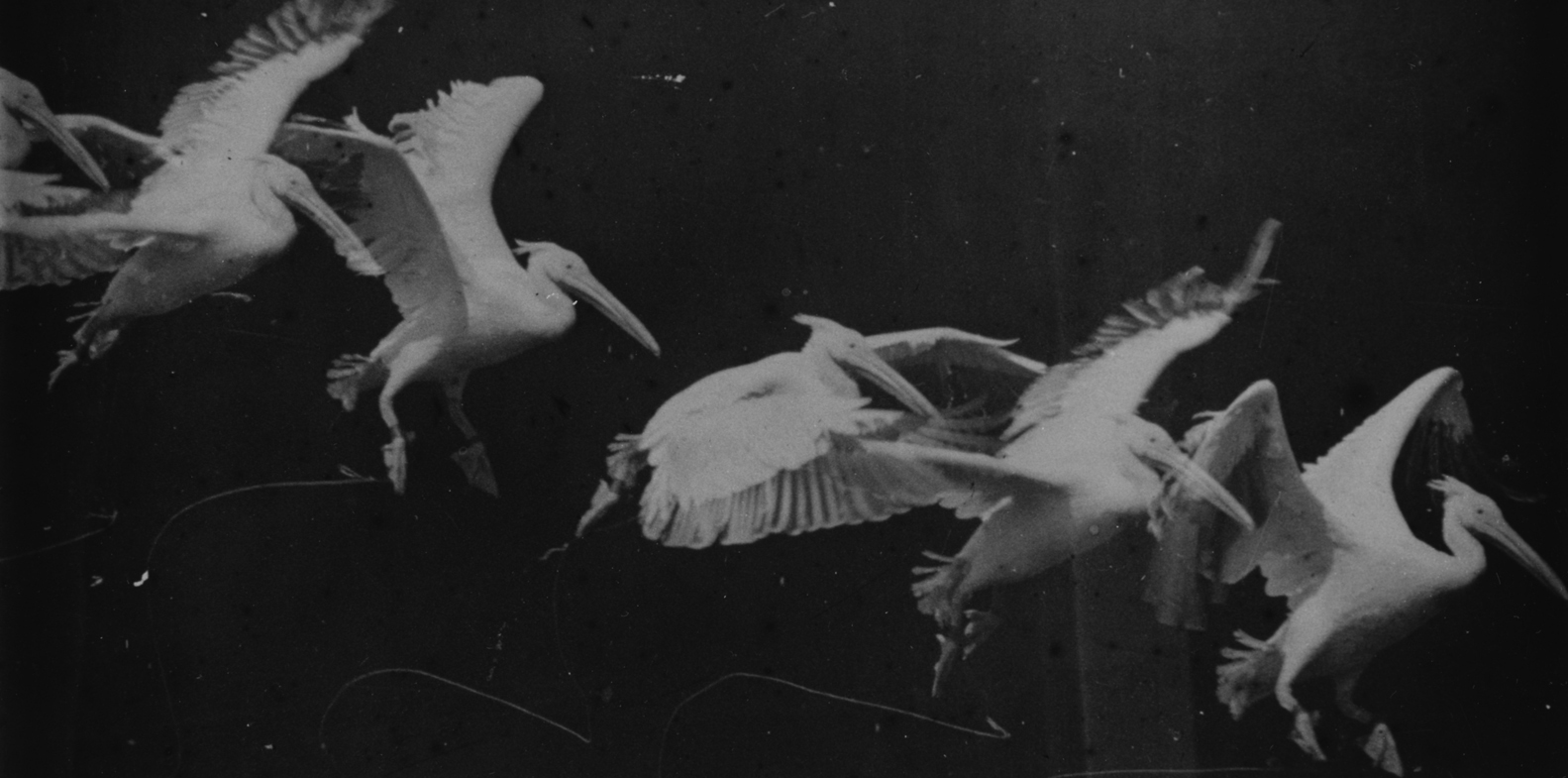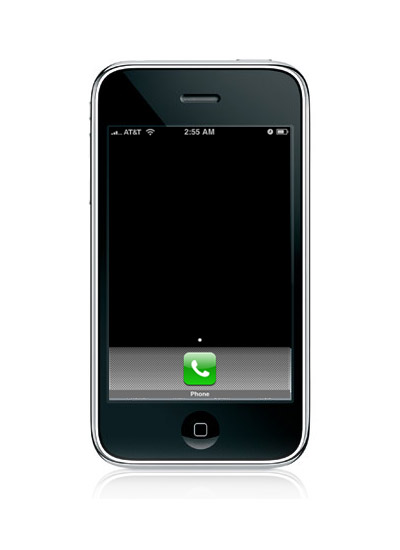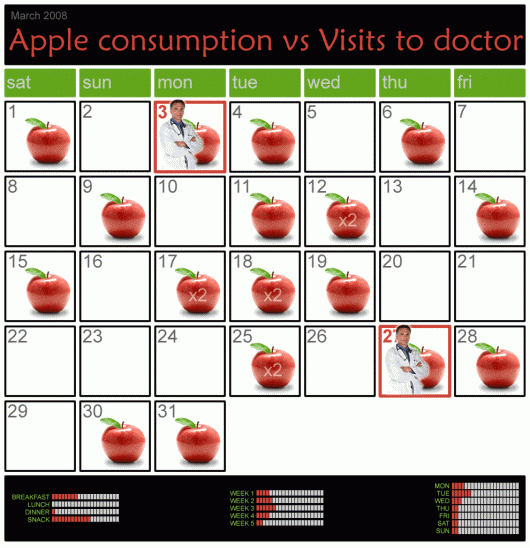On April 18th we visited the see conference #4 in Wiesbaden, a get together of all kind of information-design interested people, organized by the design agency
.
At 10am the doors were opened and an hour later Michael Volkmer welcomed the audience to the fourth edition of the event.

He briefly inducted the audience into the idea behind the conference as a platform of reflection on a topic that he defines as the gain of knowledge through the aggregation of images. Also he pointed up the importance of visualiziation of data in world of continously increasing complexity.

Using the example of a
poster on «Virtual Water» done at the
University of Applied Sciences Potsdam, Germany in 2007 he emphasized the power of visual formulations to reveal hidden processes and to help understanding them. He noted that even it's too wide a subject to outline the topic within the short time of a conference like the
see, they each time anew try to present at least the more experimental approaches to handling information visually.
Prof. Dr. Dr. Gerhard Roth
Every
see conference starts with a kind of keynote. This time it was given by Prof. Dr. Dr. Gerhard Roth of the
University of Bremen. His lecture was titled «Outer World, Inner Images» and focused on the way visual perception works and how our brain combines visual impression with saved information taken from our memory to speed up the classification of the seen image.


A very interesting journey through human brain which bit by bit discloses its secrets of perception mechanisms to science. At last all scientific examination still fails on answering the final question for the
who – the one who's actually experiencing any sensation.
Eric Rodenbeck
 Eric Rodenbeck
Eric Rodenbeck of San Francisco-based
Stamen Design followed. He held his lecture on «Abundant Screens Reaching Through Maps and Live Visualization». In some selected examples he demonstrated how his team experimented with gathering information in urban areas and visualizing them in the form of projections onto maps. A more ironic example like the one above that shows the geographical accumulation of women in Manhattan who make more than $ 100.000 points out the problem of information overlays hiding the map's geographic data.

Another interesting aspect of those visualizations was the
side effect that technical errors thereselves sometimes lead to new conclusions. In the example shown above the recorded GPS signals of cabs were reflected by the higher buildings at some sites in San Francisco. In these areas the delivered position information was very imprecise. Instead of showing the exact course of the roads clouds of dots appear in the visualization. This inexactness as a visual statement suggests a local change of cityscape in these areas.

Eric's company Stamen also works in context of the
Olympics 2012 in London. They did a map solution to provide an overview of the different venues. But as these sport facilities are still under construction and continuously changing the team couldn't just fall back on data offered by services like
Google Maps. So they combined the given data in the form of abstract map information with a concrete image layer of continually updated satellite pictures. So the progress at the construction sites can successively be tracked.

Julian Oliver

Madrid-based software artist, inventor, teacher and occasional writer
Julian Oliver also came up with several of his latest projects. One of these is
Packet Garden.

It's a visualization tool that shows the origin and type of network data packets sent and received by the computer the software is run on. On a globe the origins of the packets are displayed. Downloads result in little valleys, uploads form mountains. The packets themselves are visualized by plants which grow with the amount of data traffic. The plants vary depending on the type of application they were induced by. So the users
… can grow a unique garden world as a graph of their daily network traffic.
I found this nice
Packet Garden demo video on
vimeo:
Another field of activity of Julian is so-called
augmented reality – the computer-based expansion of our perception of reality. The most approaches work with markers which are placed in the real world. A camera captures a real-time video stream of the marked space and a software uses the markers to align virtual 3d data to the video image. Finally the virtual objects seem to be placed right into the real world. Julian experimented a lot with these techniques and developed an augmented reality game named
LevelHead in 2006. It's based on three cubes a walking man is to be led through by turning the cubes in front of a camera as it can be watched in the video below.
Of course using markers isn't the most favorable solution to make the computer familiar with the space in front of his mechanical eye. Currently Julian is testing a method that uses a laser to gather 3d information of a room by capturing spots in space and calculating the change of perspective from the changes of distances and positions of the spots in relation to a sensor. The very impressive video on the laser tracking technology Julian screened during his talk can be watched
here.

Gijs Joosen

Many of the guys who were speaking at the
see #4 told they had been thinking about studying architecture at least once in their early years. But Gijs Joosen was the only real architect on board. It was no suprise that he mainly talked about the design processes behind the last projects of his studio
ONL.

It's obvious that visualization is an important aspect of an architect's work to communicate his ideas and to have three-dimensional visual data to reflect on design decisions. Gijs demonstrated how particular design challenges were solved by using special software to work on the concepts directly in their visual depiction.

Sebastian Oschatz
Sebastian Oschatz works for
MESO, a design team for digital media and media systems based in Frankfurt am Main, Germany and holds several teaching assignments at German universities.

He presented some impressions of
MESO projects like the one they did for the German chemical company
BASF. For an internal congress they installed a big globe in the entrance hall of the location where the event took place. By several video projectors the geographical information was displayed on the sphere. On top of it all current business activities of the company all over the world were marked.


The digital enviroments and media installations Sebastian and his colleagues created to make information and abstract data easily accessible and tangible were also very impressive. Finally he talked about the visual programming language
vvvv and showed some examples to demonstrate how
vvvv can be used to build and control massive media systems.

Aaron Koblin

As we believe in the sophisticated Google propaganda
Aaron Koblin must have one of the greatest jobs possible. Imagine him as a boy of five years who was allowed to live in a toy store. Aaron works at the Google Creative Lab in San Francisco. So I honestly don't think he has to really care about the usual limitations of time or funding while he is experimenting with data and visualization techniques.
As the final speaker at the see #4 he talked about projects like the making of the great video for the song «House of Cards» by the band Radiohead we both admire. The video was done without any cameras. All images where created from 3d data captured by different laser scanners. The video and its making-of can be watched below.
He also came up with projects like the
visualizations done for the
New York Talk Exchange with the
Senseable City Lab at the
MIT. Another experiment that made me smile was the conversion of the viewer levels of different TV channels into audio data. The patterns vary depending on the type content shown on the particular channel. So a soap opera channel clearly differs in its
sound from a news channel like CNN. I wonder what the sound waves displayed for Playboy TV (last line in the image below) do suggest!?

(Text & Images by Visual attitudes)





































